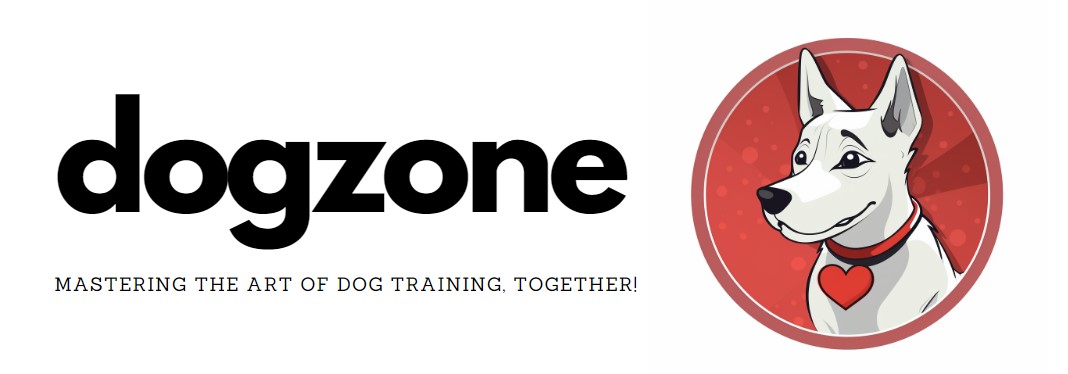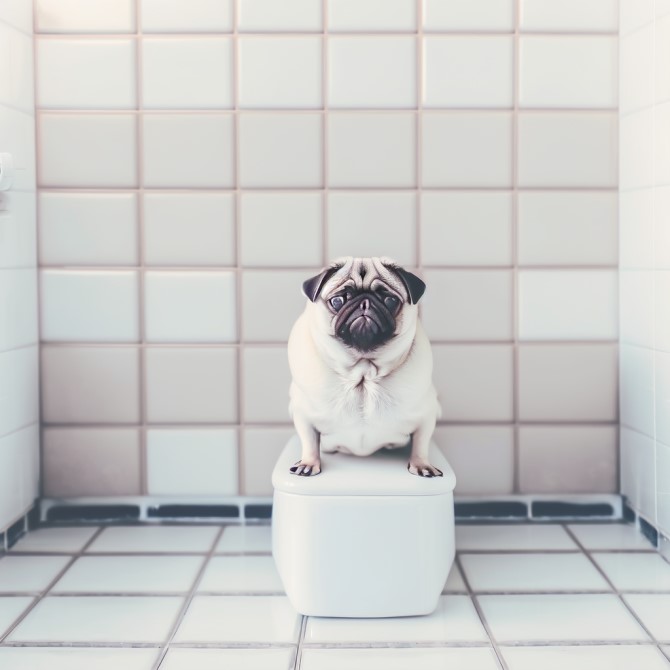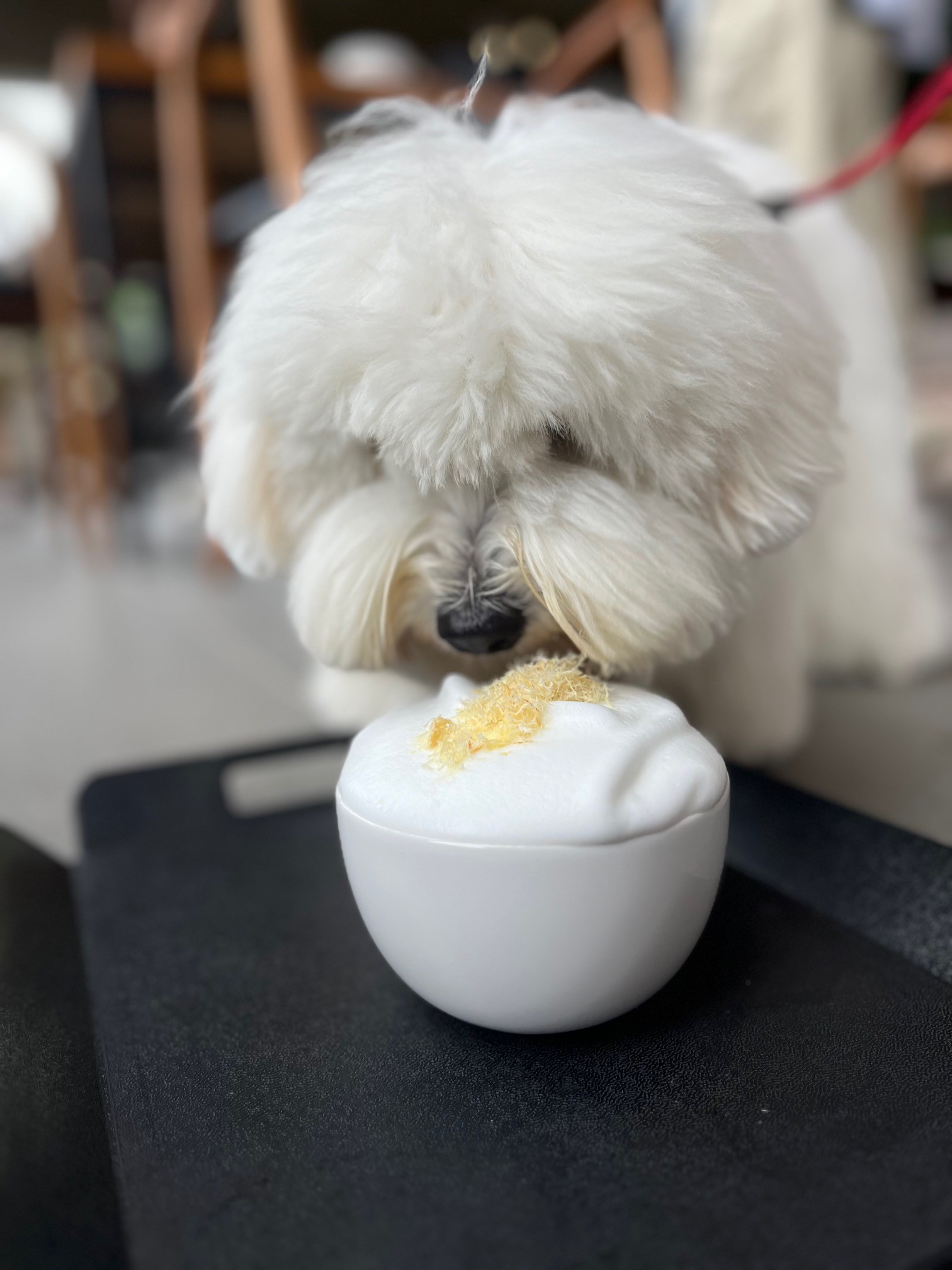Stuck on where to start with training your pup?
Don’t worry – your new puppy (and their bladder) has decided for you! Toilet training is the very first thing that new pup parents have to get to grips with, and since all your general training techniques have to be consistent, it’s hard to understate the importance of teaching your puppy where to go!
But when they search for information on how to toilet train their new best friend, puppy owners are bombarded with conflicting advice, a bewildering array of methods and dubious quick-fix techniques. What’s the deal with all these sprays? Do they really need to buy pee pads? And will their rugs ever be safe from accidents?
Don’t worry – we’ve got you covered. We’ve assembled a ton of tips from experts Cesar Milan, Rebecca Settler, and Ian Dunbar, and created a simple-to-follow toilet training scheme based on Dr Dunbar’s tried and tested lure-reward method. We’ll also bring you through toilet training at night, and some evidence-based advice for apartment dwellers.
But before we tell you what works, let’s take a look at what definitely doesn’t.
Toilet Training Myths Busted
MYTH 1 – I can toilet train my dog in three days/five days/one week.
It’s impossible to google ‘puppy toilet training’ without running across a listicle that makes this claim. Some self-proclaimed experts would have you believe that your home will be safe from accidents in no time at all, and doesn’t that sound wonderful?
There’s an old joke about a physicist who finds a cast iron method for curing sick barn fowl, but the catch is that it only works for spherical chickens in a vacuum. Like the cure, these methods, don’t work in the real world. They call for constant, vigilant supervision of your dog. And while puppies should be constantly supervised or in a confined space for the first few weeks, it’s impossible to keep your eye on them at all times, particularly if you have children or other pets.
If your pup is the Einstein of dog-kind, it may be possible for them to be toilet trained in such a short span of time, but most puppies will take a little longer than that to form a habit. And if you need to teach them to do their business in more than one place (almost essential for apartment dwellers), even the brightest of buddies are going to struggle. These methods are like winning the lottery — technically possible, but not very likely.
It can take anywhere from four weeks to four months to toilet train your puppy, and different dogs learn at different rates. Joe the Whippet, my canine companion, had the routine down in three weeks, but a friend’s dog, Maya the Basset Hound, took nearly five months.
MYTH 2 – When my puppy has an accident, I should hold his nose in it.
The nose rubbing myth has been around for a very long time — but so has the old wives tale that eating crusts makes your hair curl, and my straight mop calls malarky. Dr Dunbar, author of the Good Little Dog Book notes that dogs don’t have the same disgusted reaction to urine and faeces that humans do. Some of them are fans of the smell! Pushing your dog’s nose in it only encourages them to keep rubbing their mess on the carpet.
Doggy Dan, creator of The Online Dog Trainer tells his students that this technique causes more confusion for the canine. He goes on to say to puppies want to please their own and follow instructions but nose rubbing is not instruction you dog where to go to the toilet. The puppy will continue peeing randomly around the house until it knows where to toilet.
MYTH 3: My puppy just needs to learn to hold it.
This is one of the most toxic myths out there. Your puppy can’t learn to ‘hold it’ while you’re out at work yet — it’s physically impossible. To understand how often your puppy needs to go, use the bladder formula — take your puppy’s age in months, and add an hour. So if your pup is three months old, they’ll need to go every four hours.
FINAL THOUGHT: If the method looks too good to be true, then it probably is.
Getting Down to (Toilet Training) Business
So now you know how not to toilet train your dog — how do you get them to go where you want them to go? Before we rush in, let’s go through some preparation.
Setting The Scene: Toilet Training Preparation
The first thing you’ll want to do is to remove any shag pile or sheepskin rugs from the area where your puppy spends the most time. It feels like grass to them, and that’s an ideal place for them to answer the call of nature!
At this stage, your pup should be confined with a pen or baby gates to one specific area of the house. If possible, make sure that this area is not carpeted. It’s not a matter of if an accident is going to happen, it’s a matter of when. You may want to consider lining the floor of their sleeping area with lino, cardboard or a plastic tarp.
Pee Pads and Grass-mats
There are a ton of different types of pee pads out there, from simple absorbent strips to grassmats featuring real grass and potty-inducing pheromones. While Dr. Dunbar pooh-poohs pee-pads slightly, they can be a godsend, and essential for those of us who live in apartments.
You may have some trouble getting your pup to use pee pads at first. As your puppy matures, they’ll begin to see the whole house as a den — and puppies don’t like to go where they sleep. One way to get around this is to keep the pads in a room that your puppy doesn’t usually enter — the bathroom is an obvious choice.
If all else fails, Cesar Milan recommends taking a piece of grass that has been in contact with dog urine or faeces and smearing it over the pad. Disgusting, but effective!
The Routine – Daytime Toilet Training
All of Dr. Dunbar’s training methods are based around his lure-reward technique — use a piece of food as a lure to get your puppy to do what you want, and then reward them once they’ve completed the task. This has all sorts of applications, but it’s particularly useful when it comes to toilet training, as young pups will often need to be lured out of the house to do their business in the backyard, or may need encouragement to use the potty pads.
Dr. Dunbar also encourages dog owners to keep their puppies inside if possible. If the backyard is your pup’s playground, they’ll be able to go wherever they like, and when you bring them inside they’ll… well, go wherever they like.
Like most trainers, Dunbar recommends keeping your pup confined to a small area at first. Not only does this keep them out of trouble, but they’ll see it as their home or den, and be reluctant to go where they sleep. He notes that your puppy can hold it up to ninety minutes extra in this area (but it’s still best to be conservative and rely on the bladder formula).
You’ll need to anticipate when your pup needs to go. You can do this using the bladder formula and the alarm on your phone. Cesar Milan also notes that your buddy will need to poop anywhere from five to thirty-five minutes after eating.
Take your puppy outside and use a verbal command – go potty or similar. Reward them handsomely with the food for doing your business!
Over time, you can begin randomizing the rewards, and eventually do away with them entirely.
If you take your puppy out and he doesn’t want to go, Dr Dunbar advises waiting for three minutes, putting the dog back into confinement for another fifteen, and trying again.
In case of accidents
The moment you’ve been dreading since minute one — your puppy has left you a damp yellow present on the carpet. All accidents should be cleaned up immediately using an enzyme spray – otherwise, your puppy, misguided by the smell, will return to the scene of the crime and do their dastardly deeds again!
Many trainers, such as Doggy Dan, subscribe to the theory that any attention reinforces behaviour, and would suggest not interacting with the dog at all. Dr Dunbar disagrees — he recommends calmly telling the pup ‘outside’ and pointing at the toilet area. Don’t do this if the mess has been there for more than fifteen minutes or so, as by that point it’s too late for the puppy to make the connection between the mess and your words.
Final Thoughts
You should also have an idea of the signs that your puppy needs to go. These include — they just woke up, abandoned a toy or other task, are sniffing the floor, are circling or are looking at the door they usually go out. Puppies also often need to go after lots of excitement, so be sure to let them out if they’ve been playing hard!
Puppy Toilet Training At Night
Rebecca Settler, author of How to Get Your Puppy to Sleep at night, also recommends anticipating when your puppy needs to go. But how do you do that while you’re sleeping?
First of all, you should abandon the expectation that you’ll be getting a full eight hours for the next while — your puppy’s baby bladder just can’t hold it for that long. The obvious thing to do in this situation is to set an alarm. When your puppy is seven to nine weeks old, the alarm should go off every two hours, then move to four hours from nine to fourteen weeks.
This is largely in line with the bladder formula outlined above, but Settler counsels us to remember that puppies, like humans, can hold it for longer at night, and it would be a mistake to assume they can hold it just as long during the day.
Of course, if you’re a light sleeper, you can just wake up when your puppy starts crying, barking or scratching at their sleeping area — but this can be a little distressing for everyone involved, including your neighbours!
Final Thoughts
Settler’s methods form an integral part of our One Step Ahead technique for puppy sleep training. To find out more, click here.
Advice for Apartment Dwellers
Backyards, backyards, backyards — all these methods are all very well and good, but how on earth do you toilet train your puppy if you live in an apartment?
The first thing to keep in mind is that you’ll need to be conservative with toilet timings, especially if you have lots of stairs to get down. Make sure that you have plenty to of time to get to the toilet area, and make sure that the toilet area is readily accessible. You’ll need to be extra vigilant in watching for potty-signals, too!
Pee pads are an absolute godsend for apartment dwellers, particularly for night-time evacuations. But if you’re training your puppy to use two different areas – pee pads at night and outside during the daytime, for example — it might take longer for your dog to get the commands down than it would if they were using just one area.
Apartment dwellers often rely on their puppy relieving itself when they take them for a walk. Dr Dunbar would urge owners to think about this carefully – a walk is a wonderful reward for a dog, and ending the walk after the puppy has done their business can decrease its value as a reward. Instead, he advises using the potty command at the beginning of the walk. That way, the rest of the walk is a reward for a job well done!
Final Thoughts
While you can certainly toilet train a dog in an apartment, it may take longer than if you were to train them with the benefit of a backyard at your disposal. Be patient!
Toilet Training Tips
In need of a little something extra? We’ve put together a couple of tips
Remember your energy: Don’t get mad when your puppy has an accident. It’s not their fault, and they’ll be looking to you for emotional cues. If you get worked up, they’ll get worked up!
Out of enzyme spray: Baking soda is a good substitute in a pinch.
Preventative measures – homemade sprays: When DogPeer owner Jamie was toilet training her dog Moxie, she used a spray made from apple cider vinegar, eucalyptus oil, and water to treat her carpets. This proved stunningly effective!
FAQ – Puppy Toilet Training
Why is my puppy going to the toilet in their sleeping area?
If your puppy is soiling their sleeping space, this could be a sign that they were raised in a puppy mill. You may need to consult a professional trainer for help.
When should I worry?
Every dog is different, and some very young puppies need to go up to every fifteen minutes! But if your puppy needs to go a lot more frequently than the bladder formula suggests, they may have a urinary tract infection. Consult a vet if you’re concerned.
You should see a vet immediately if your puppy has diarrhoea.
I left my puppy at home for the first time and came home to a great steaming puddle, why?
Your puppy probably thought you were lost, and was trying to help you navigate by scent! This behaviour should stop as your puppy grows older and gets used to you leaving.
So there you have it – everything you need to know about toilet training! For more puppy training tips, check out our Puppy Training Guide!



Leave a Reply